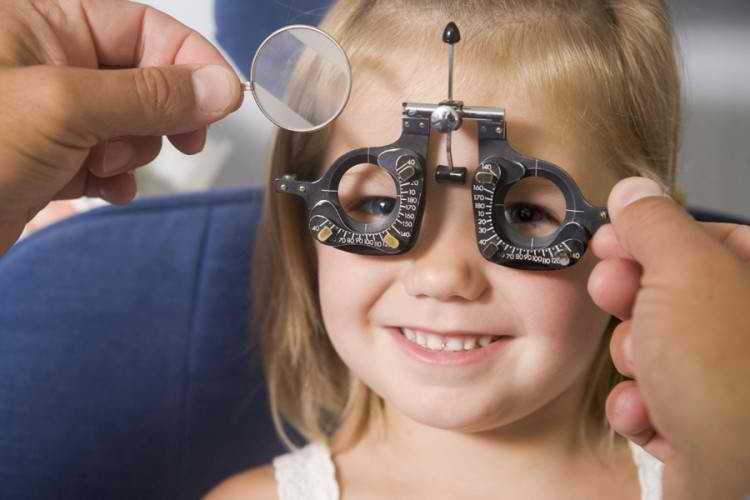FDA Approves the Use of Contact Lens for Children with Myopia

Myopia is also called nearsightedness and is the most common cause of impaired vision of people under the age of 40. In the past few years, children with Myopia has been growing at a very alarming rate.
In an article published in Healthline, a contact lens used in Australia, Canada, and other countries has been approved by the Food and Drugs Administration for use in the United States to help children with nearsightedness, or myopia.
According to experts, the use of the contact lens will reduce the progression of myopia among children ages 8 to 12 years old. The expert added this would also reduce the risk of long-term eye problems such as retinal detachment and glaucoma.
The contact lens that could help children with Myopia is the MiSight contact lens. It is a soft, single-use, disposable lens that must be discarded every day and most of all it must not be used overnight. The optometrist at Park Ridge Vision in Illinois Dan Press told the Healthline that FDA's approval on the use of MiSight contact lens is a big step in putting an end to finally put myopia management in spotlight.
Press also said that "There is a mountain of evidence supporting multiple options to slow the progression of childhood myopia, but the uptake has been slow since none of the treatments were FDA approved to specifically slow down myopia. We hope that this brings the discussion into the mainstream, and doctors that have not been on board in the past will get on board now,"
It is said that Myopia is the most frequent of correctable visual impairments in the world that must be addressed as soon as possible because the number of children with this visual impairment has increased in the past few years.
What is Myopia and how does it occur?
- Myopia is visual impairment and it occurs when the eye grows too long and it is relative to the focusing power of the cornea and lens of the eye. This means that instead of focusing the images on the retina it rather focused on a point in front of the retina. Most of the time, children or people with good vision have problems visual impairments when they struggle with poor distance vision and they need to use eyeglasses or contact lens to address their visual problems. The pediatric ophthalmologist in Honolulu Dr. Rupa K. Wong said that "Myopia first occurs in primary and elementary-age children and progresses until about age 20 and in childhood, uncorrected myopia may impair children's ability to fully participate in everyday activities, such as school, extracurriculars like sports, dance, and music."
Myopia is not just a visual impairment that needs to be addressed to improve the vision of the child but later on if this will not be managed it would affect a child's vision as she or he grows older. This visual impairment has increased because of new and current reading devices using technologies such as electronic gadgets.
The study also shows that if Myopia will not be addressed this will lead to bigger visual problems later on. The study also shows that higher levels of Myopia are associated with some visual problems such as retinal detachment, cataracts, glaucoma, and other threatening visual issues in the years to come.
What is the MiSight contact lens?
- The FDA approved the use of the MiSight contact lens because of the data gathered from four clinical sites. MiSight contact lens was studied based on its effectivity and safety in three years in a randomized clinical trial among the children ages 8 to 12 years old. The researchers found out that those who are wearing the MiSight contact lens with Myopia reduce its progression. Other studies would support the effectiveness of MiSight based on the studies conducted in other countries.
The Australian optometrist and the president of the International Society of Contact Lens Specialists, Damon Ezekiel, told the Healthline that, "We are very fortunate that we in Australia have had access to the MiSight lens, along with Canada, United Kingdom, and Spain. This brings the United States in line with so many countries."
Subscribe to Latin Post!
Sign up for our free newsletter for the Latest coverage!
© 2026 Latin Post. All rights reserved. Do not reproduce without permission.















